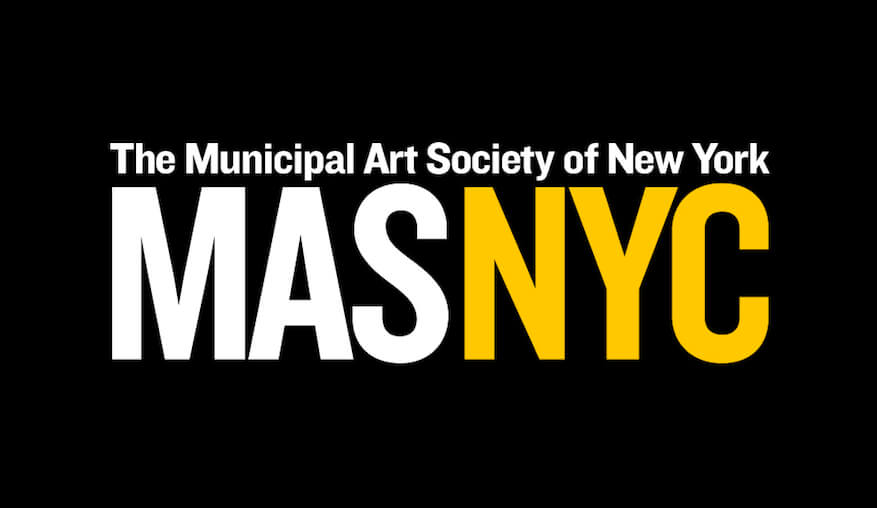The Municipal Art Society of New York is constantly working to maintain the beauty of New York City’s past while implementing the best ideas for the city’s future. The Municipal Art Society (MAS) is largely responsible for keeping New York afloat as the cultural hub that many people know and love. In fact, MAS was founded in 1893, five years before the consolidated City of New York was officially established.
One of the most recent actions taken by the Municipal Art Society of New York is creating a database for searching city-owned and leased property. The Municipal Art Society (MAS) issued a report on November 21, 2016 which aggregated information about city-owned and leased properties and how they relate to the infrastructure, environment, population, landmarks and local rezonings. Alongside the report was the first-ever interactive city map, a compilation of information for over 14,000 city-owned and leased properties. With the help of the interactive tool, properties are categorized into four groups. These groups are properties with a residential use, properties with a current use that is not residential, properties with no current use and property used for parks and open space. According to MAS, the report and the interactive map represent the first step toward MAS’s goals to improve their public assets and make New York City healthier and more dynamic.
The Municipal Art Society found that the 14,000 city-owned and leased properties in New York City took up a total of 43,000 acres. For reference, this is an area the size of Brooklyn. In light of this number, Gina Pollara, the President of MAS, spoke about the significance of the report and the interactive map. She said that the report provides a detailed view of land owned by the city, which allows MAS to understand the city and to help it reach its potential. This is especially important now that New York is facing challenges such as infrastructure development, rising population and density, climate change and social equity.
There were a number of other significant findings that were revealed through the report. For example, a total of 1,832 acres of city-owned land are classified as underutilized. That makes up twenty-two percent of city-owned land. The term “underutilized” refers to property that has no current use. Included in this category are 78 properties that contain nonresidential structures that are not in use. One of these properties is the former Rockaway Court House. This former court house, located in Queens, is managed by the Department of Citywide Administrative Services.
Also provided by the interactive map is information about population and income for the city, median household income from the U.S. Census Bureau and census tract income for total population. The data showed that the average population density per census tract in New York City is 84.3 people per acre. According to the report, seventy-one percent of city-owned properties are located in census tracts that are below the average density. Also significant is the fact about half of city-owned properties are located in census tracts below the median income. The median annual income of New York City is $52,737.
The report also found that sixty-four percent of city-owned properties are in areas that are at a high risk for floods now and in the future. There are 247 city-owned properties that are fully or partially designated as New York State environmental remediation sites.
This report and the interactive map will be instrumental in the way that MAS and New Yorkers at large will understand city-owned land. This could play a large role in the steps that MAS takes in the future to make sure the city can reach its full potential.
